At what temperature and when can peppers be planted in open ground
Most vegetable growers are engaged in the cultivation of peppers in their summer cottage. Pepper has beneficial properties that persist even after defrosting. This vegetable culture is very fond of heat and therefore it is recommended to determine in advance when it is necessary to plant peppers in open ground for better growth. After all, if you plant it too early, and the minimum outside temperature drops below 0-5 degrees, then the frozen seedlings will die.
When to plant pepper seedlings in open ground
Before planting pepper in open ground, it is imperative to determine the timing of its planting. The planting period of seedlings depends on two main factors.
Weather
It is no secret that the optimum temperature plays a very important role when planting peppers in the garden. Its quality depends on the temperature at which pepper seedlings are grown. Therefore, you should know in advance what minimum temperature the seedlings can withstand. Outside, the temperature should be at least 15-18 degrees Celsius. This is enough to grow a good crop. The critical temperature for planting a culture is 0-10 degrees. With such indicators, the freezing of seedlings may begin.
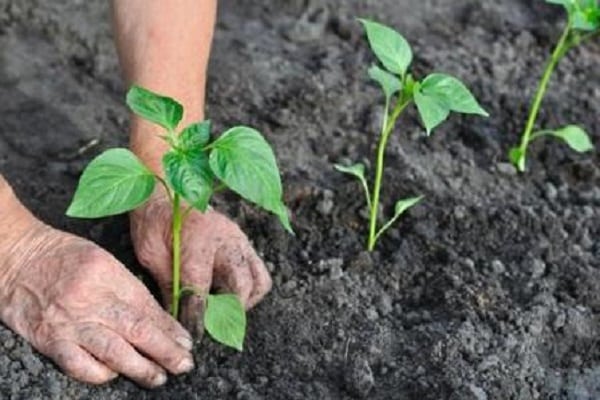
Optimum temperature indicators in different regions of the country come at different times. Residents living in the southern regions are not recommended to plant bell peppers until May. This month, even a strong drop in temperature will not affect the planted seedlings in any way. If you plant seedlings in April or March, then night frosts can destroy all the bushes.
In more northern regions it warms up a little later and, therefore, so that the bushes do not freeze at night, they are planted not earlier than the second half of May. Some gardeners from the northern regions of the country prefer to grow peppers in a greenhouse. At the same time, in the greenhouse, during the day and in the evening, the temperature is kept at the level of 20 degrees.
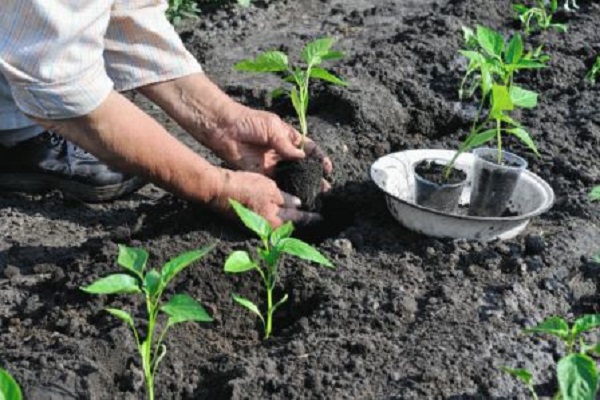
Moon calendar
A large part of vegetable growers determine favorable planting days for pepper using a special lunar calendar.
It is known that the phases of the moon can affect the landing of pepper. With an increase in the size of the moon, all the power of plants is directed upward, and with a decrease, downward, closer to the roots. In pepper, the fruits are aboveground and therefore their planting in the spring should be carried out during the growing month. This year, the size of the moon will increase during these spring days - from April 25 to May 10. People living in the northern regions must wait for the next phase of the moon, which begins on May 29 and lasts until June 10. It is in these numbers that it is better to plant peppers in the shade or in the sun in order to achieve a good yield.
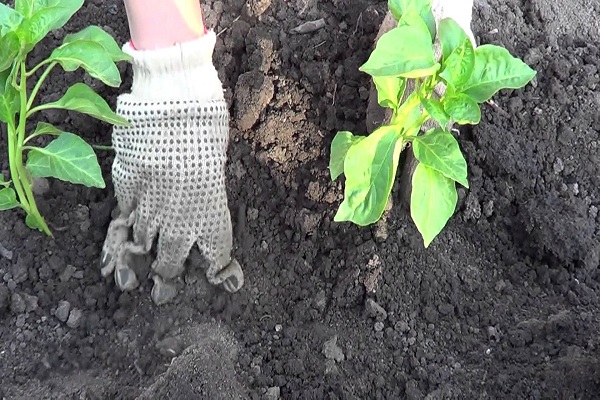
Planting seedlings
Having determined the optimal planting date for pepper after frost, you can start transplanting. It is quite difficult to plant vegetables in open ground and therefore it is better to become familiar with the features of this process.
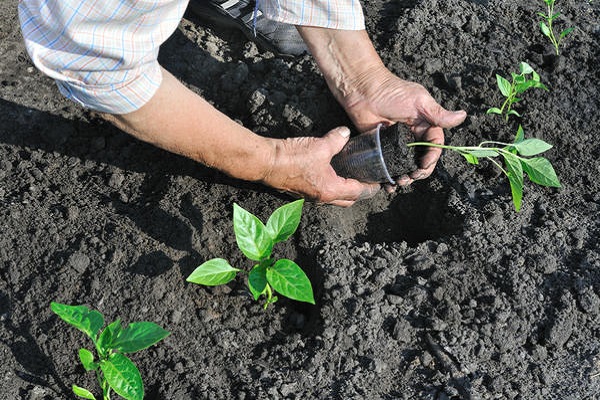
Site selection
Before carrying out spring transplants, it is necessary to choose the most suitable area in the garden. The quality and quantity of the crop depends on where the pepper will be planted. To prevent the planted seedlings from freezing during cultivation, they should be planted only in sunny areas that are constantly warming up.
Also, when choosing, one should take into account the crops that were planted on the site earlier. You can plant this vegetable crop where cabbage, cucumbers, legumes and zucchini were grown. However, sweet peppers will not grow well after potatoes, tomatoes, physalis and eggplants.
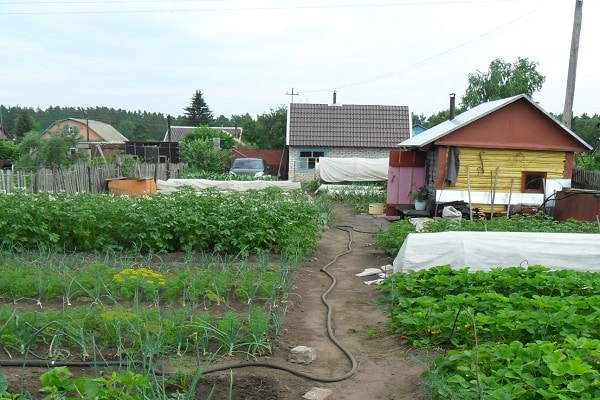
In addition, you need to determine which soil is best suited for this vegetable crop. It is recommended to grow peppers in light and loose soil. They grow best in it, and their root system almost never freezes. Pepper is afraid of clay and sandy soils located in moist lowland areas. Such soil quickly freezes during a cold snap, so a low night temperature can harm the bushes. Some gardeners still grow peppers in clay and sandy soils. However, so that the seedlings do not freeze during the day or at night, it is better to plant them in a greenhouse.

Soil preparation
Having determined where the pepper will be planted, you should start preliminary preparation of the soil. First, you need to treat the area with fertilizers that will help normalize the acidity of the soil. To do this, the entire area should be sprayed with a mixture prepared from overripe sawdust and humus. Then a bucket of coarse sand mixed with peat is added to the soil.
So that at night the earth does not freeze and frost does not take it, it needs to be warmed up a little.
This procedure should be carried out 5-10 days before planting. The soil should be treated with warm overripe manure, which will help not only raise the temperature of the soil, but also restore its fertility. Before sprinkling the soil with fertilizers, it is necessary to determine the amount of fertilizers added to the soil. Spray a square meter of the plot with a bucket of fresh humus mixed with a glass of ash.
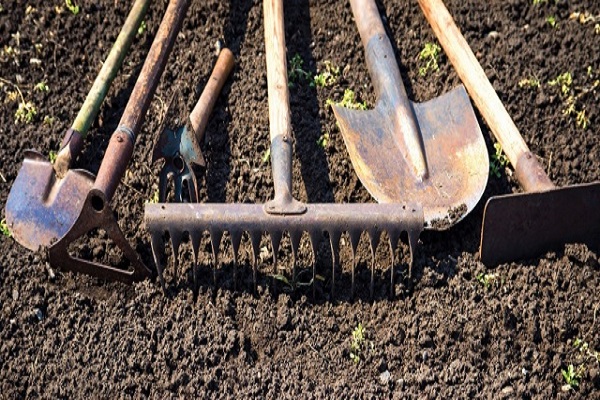
Landing
Planting any crop begins with the preparation of the garden. Make two or three small beds in the area. Before that, it is advisable to determine what dimensions they will have. The length of one bed should be about three meters, and the width should be 80-90 cm.
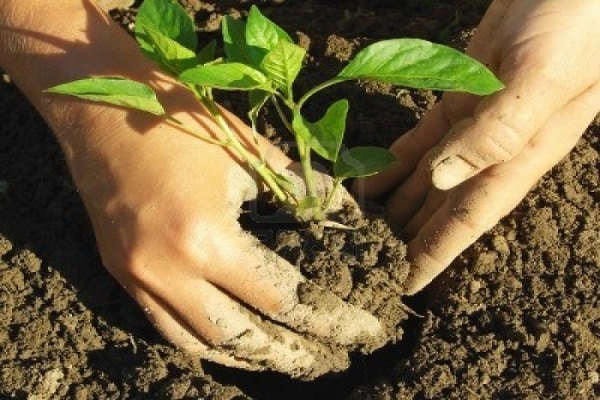
You should also decide on the distance between the rows. In this case, it all depends on the varieties planted. If you give preference to low varieties, then the row spacing is made at least 30 cm. For tall varieties, the distance between the rows increases to 60 cm. The beds should be made higher so that in severe frosts no root begins to freeze.
When all the ridges are created, grown seedlings can be planted in them. In this case, make sure that only the root of the bushes fits into the ground, and their stem remains above the ground. After planting, you can take care of protection from possible night frosts. For this, it is recommended to cover all the seedlings with foil overnight. The film is opened only after the temperature rises to 15-18 degrees.
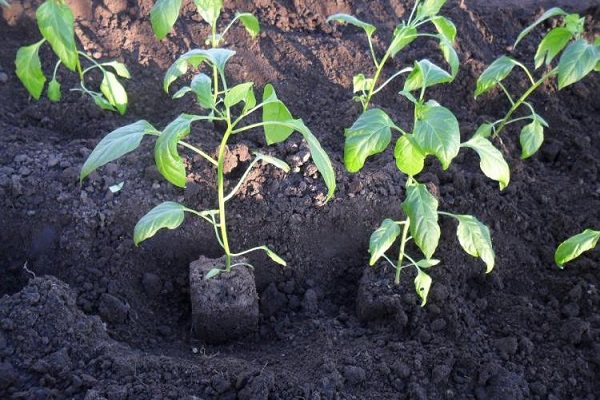
Care
Many gardeners are interested in whether it is possible to get a high-quality harvest without proper care of vegetables. Definitely not, since proper care helps to increase the yield of pepper.
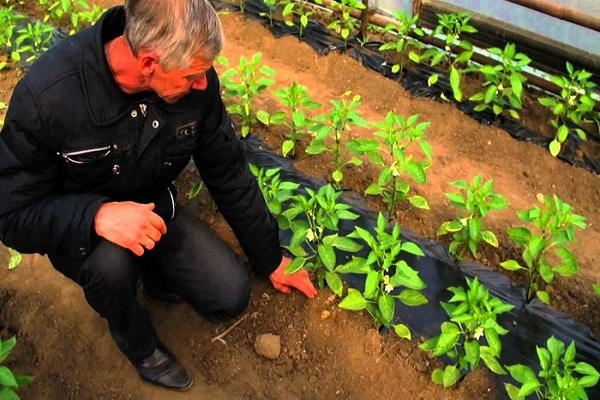
Watering
Not everyone knows what to do so that the pepper does not begin to dry out and burn, and how to save it from this.If, in the absence of rain, bell pepper burns, then it lacks moisture. This vegetable is afraid of drying out the soil and therefore the bushes will not withstand dry soil for a long time.
After planting the seedlings, you need to carefully consider the watering regime and determine what temperature the water will be. I'm afraid liquid too cold will damage the peppers. Therefore, I will remain in my opinion and advise you to warm up the water to 20-25 degrees before watering. It is necessary to moisten the soil 2-3 times a week on cloudy days. It is recommended to do this daily in the summer.

Top dressing
After planting seedlings, you need to take care of regular fertilizing. For the first time, it is necessary to restore nutrient components in the soil after the formation of two true leaves on the bushes. During this period, mineral dressing will fade into the background, since only organic matter should be added to the ground. Humus with peat and sawdust is added to the soil. It is necessary to do feeding again two weeks after the first. During the second top dressing, mineral fertilizers such as superphosphate, ammonium nitrate and potassium are added to the soil.
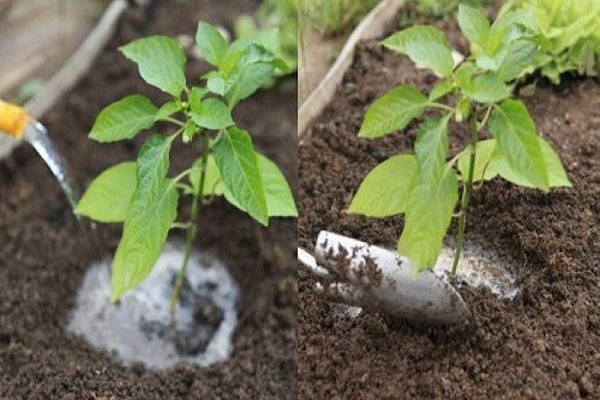
Conclusion
Planting peppers is a tricky job that can be difficult without experience. To do everything right, you need to determine the optimal sowing time and get acquainted with the peculiarities of planting this crop.
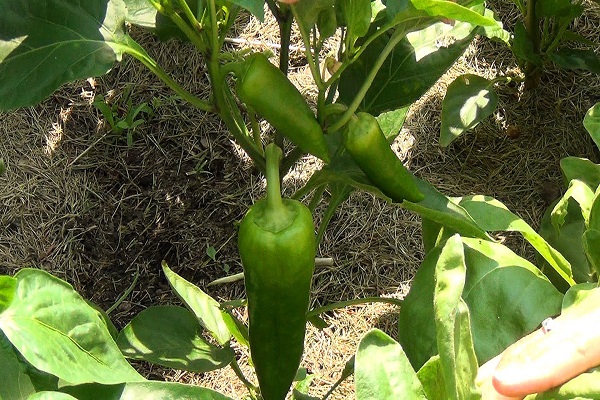
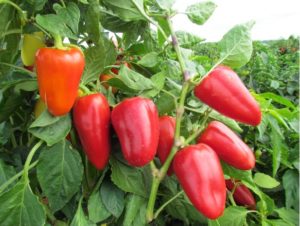
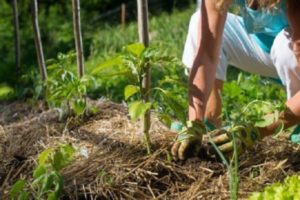
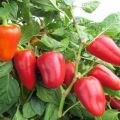
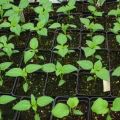

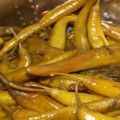
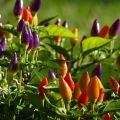
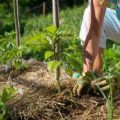

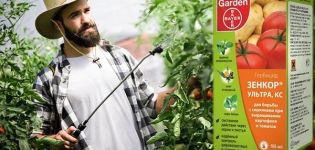
Pepper is a heat-loving plant, so the greenhouse should be at least 18 degrees. Also, do not forget about complex fertilizer. Be sure to add bioactivators, I recommend using "BioGrow».